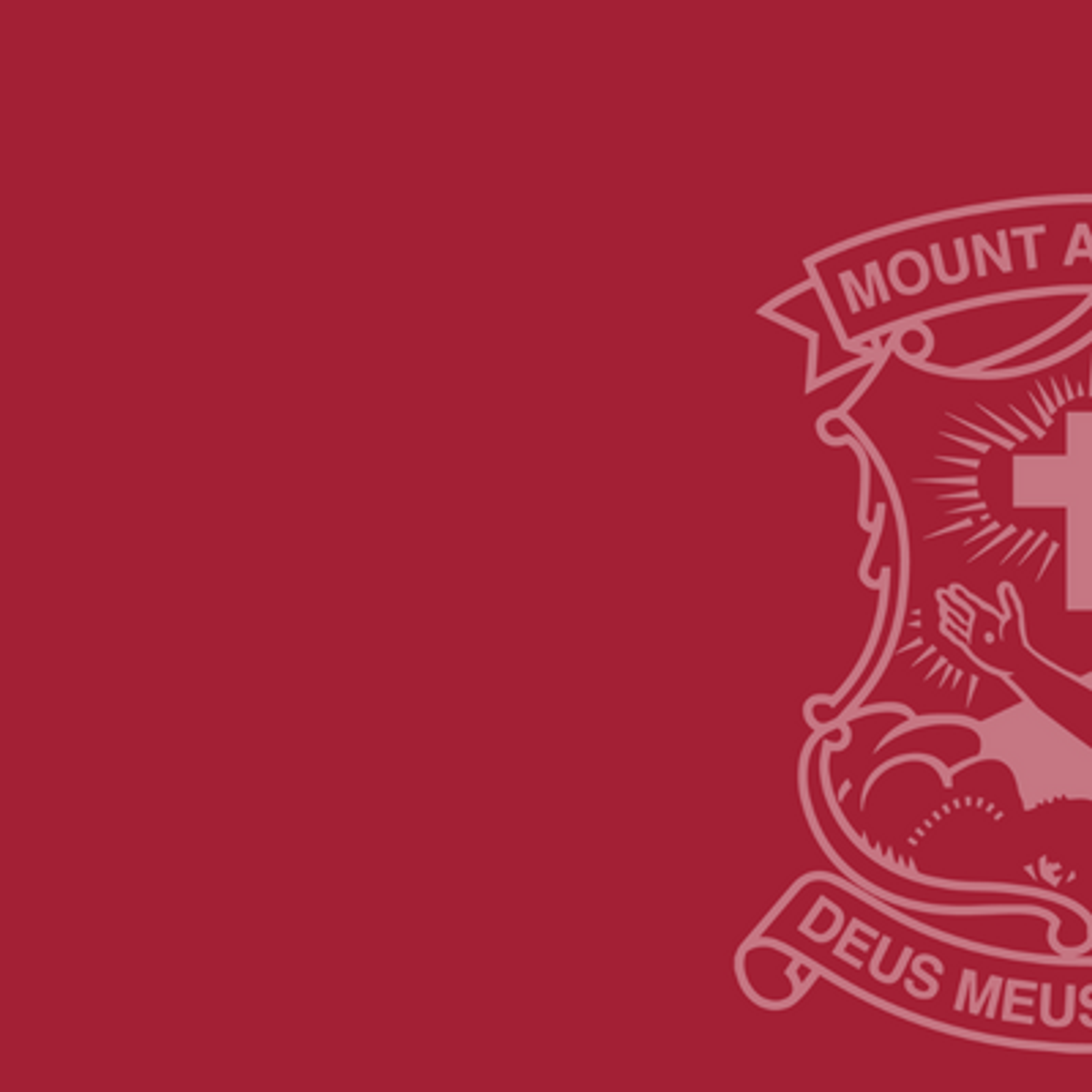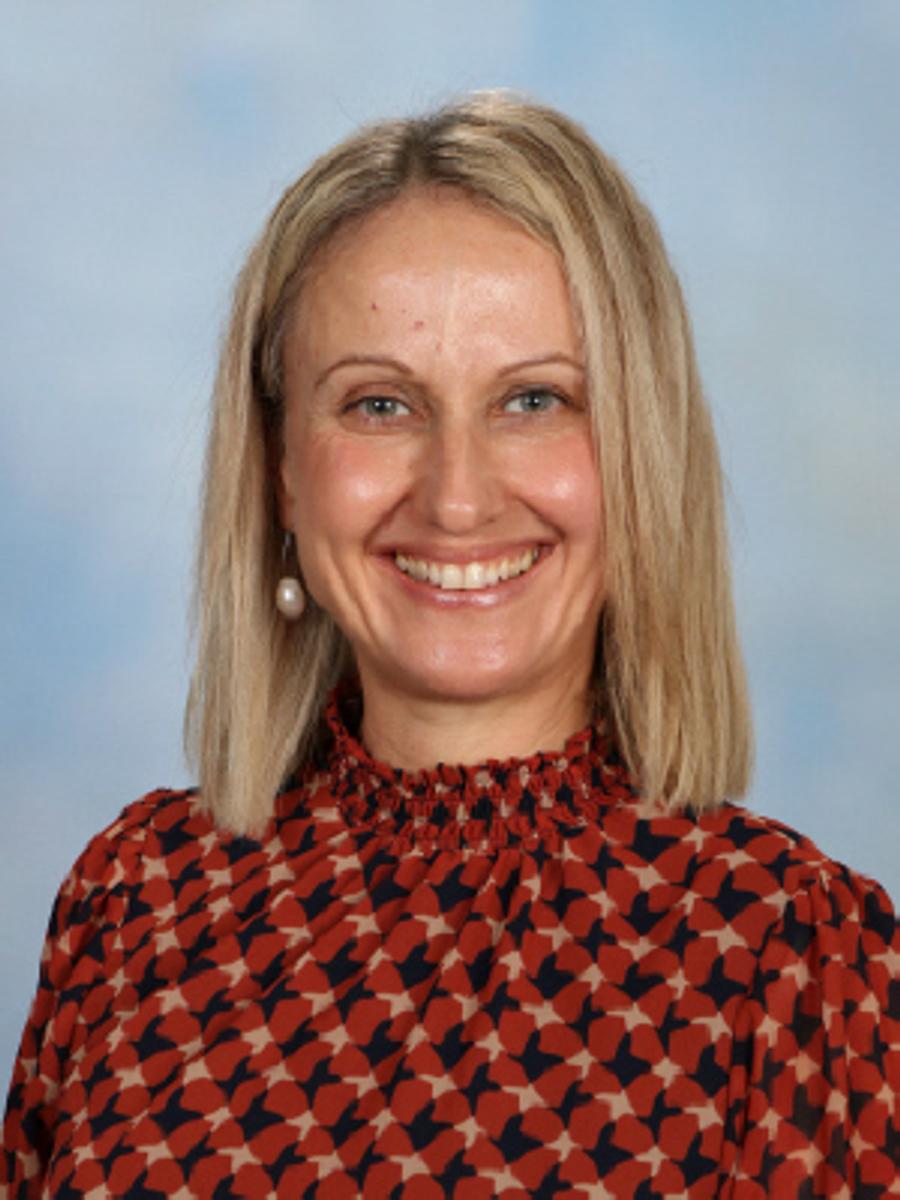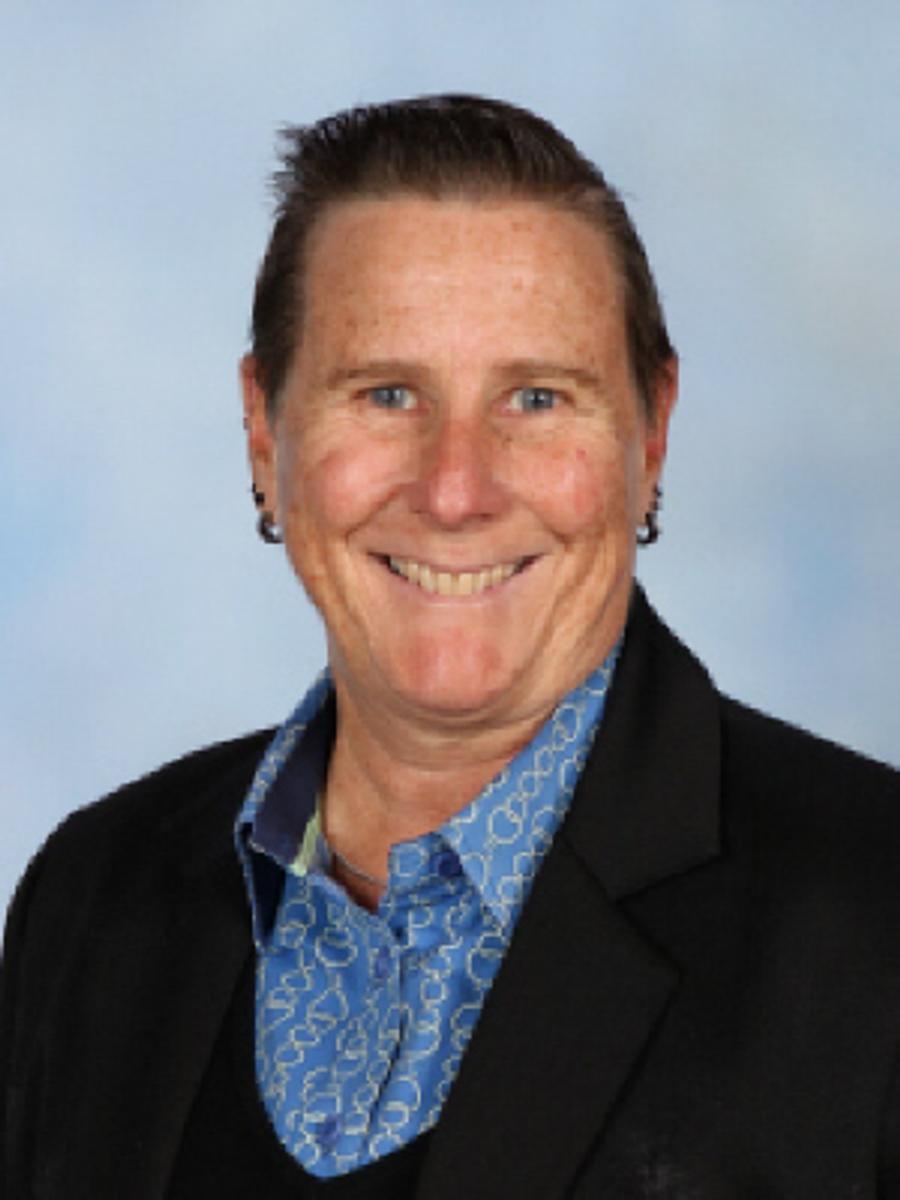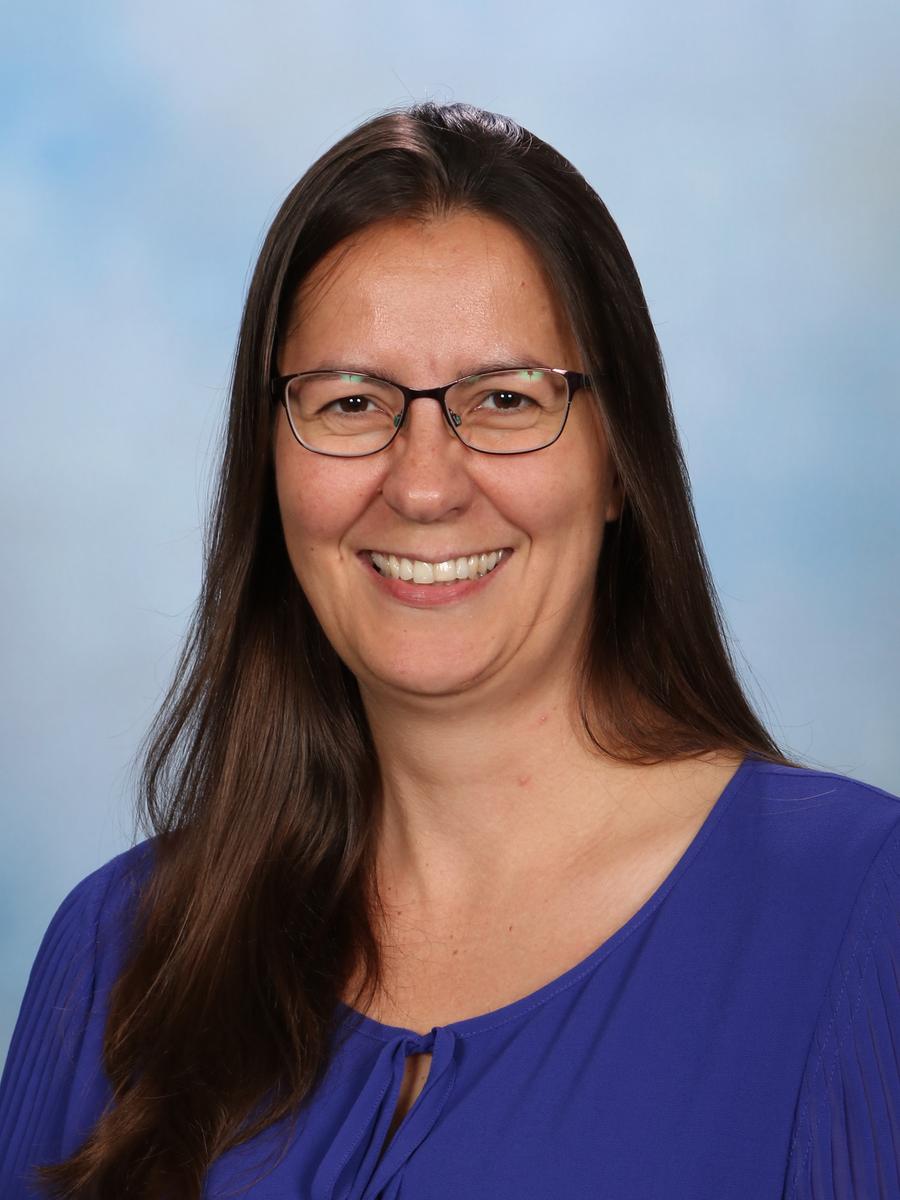Building Solid Foundations
Spotlight on Numeracy in Mathematics, Science and HPE, Arts and Technologies

Building Solid Foundations
Spotlight on Numeracy in Mathematics, Science and HPE, Arts and Technologies






Building a Solid Foundation: High Impact Numeracy Teaching
Our vision for Franciscan graduates at Mount Alvernia College is to develop students who are highly literate and numerate, who know how to learn and who are committed to ongoing improvement. These essential skills will empower our students well beyond their school years, equipping them for the challenges and opportunities of the future.
Cross-departmental Coherence
Numeracy is a fundamental cornerstone of this vision and at Mount Alvernia we recognise the importance of a coherent, interdisciplinary approach. This is why our Mathematics, Science and Arts and Technologies Faculties work together to deliver impactful numeracy instructions. There is a special emphasis on creating coherent and integrated learning experiences for our middle-year students (grades 7-9), ensuring they receive a solid foundation in these essential numeracy skills.
To allow our students to develop their numeracy skills across multiple disciplines, the faculties have implemented specific numeracy foci tailored to the curriculum for each year level and semester.
For example, in the first semester of Year 7 the emphasis is on unit conversions, volume calculations and fractions. Students have learnt how to convert lengths, area and volume units and how to calculate the volumes of right prisms and cylinders in their term 1 Mathematics classes. They learn about calculations with fractions in term 2. These skills are then actively integrated and applied into the semester 1 Health and Science and Arts and Technologies classes.
In the Health and Science curriculum areas, students are often expected to measure and record data accurately using appropriate units. For example, in Physics experiments in Year 7 this term, students are measuring the speed at which an object travels on differing surfaces, converting units for distance and time as needed. Students also use estimation and approximation to make quick calculations or verify if experimental results are reasonable.
In Year 7 Design and Technologies, students develop a holistic understanding of how mathematics intersects with real-world applications. They convert between grams and kilograms, millilitres and litres and calculate new measurements of ingredients, for example where a recipe serves 4, calculating the quantities to serve 8 or 10 serves. Students use fractions not only to accurately measure ingredients for recipes but also to calculate new quantities, promoting mathematical fluency and adaptability.
This consistent cross-curricular approach allows students to transfer knowledge and skills between subjects leading to deeper learning experiences and demonstrating the practical utility of numeracy in various aspects of life.
Data Informed Strategy
A key aspect of our numeracy program is our commitment to a data-informed strategy. By analysing student performance data, we pinpoint specific areas for improvement, enabling us to customise our teaching methods to cater to the specific needs of our students. This targeted approach ensures we can offer the most effective support, helping every student to enhance their numeracy skills. Additionally, this strategy allows us to continuously refine our teaching techniques and implement innovative practices that further enrich our students’ learning experience.
Benefits for Students
The benefits of high-impact numeracy teaching extend far beyond the classroom. By equipping our students with robust numeracy skills, we are setting them up for success in all areas of their lives. Whether they are preparing a meal, managing personal finances, analysing data, or solving complex problems, our students are able to approach these tasks with confidence and proficiency.
We are proud of the work done by our teachers to improve numeracy outcomes for our students. As we continue to work together and focus on high impact numeracy teaching strategies, we are excited to see the positive impact it has on our students.
Written by:


Head of Faculty - Mathematics
Katrin King


Head of Faculty - Science & HPE
Jen Gibbons


Head of Faculty – Arts & Technology
Nicole Bradford